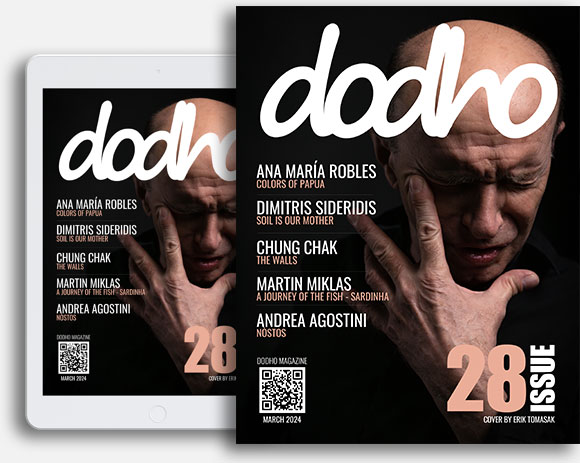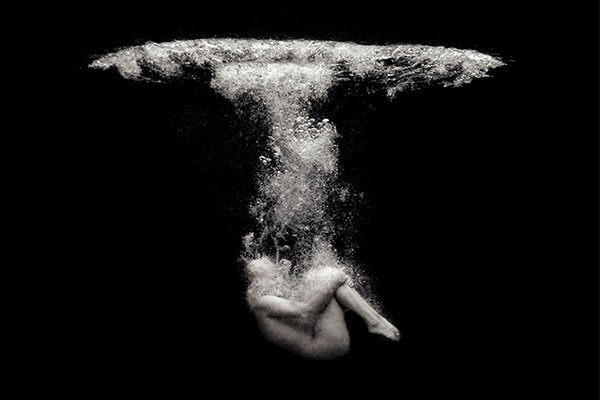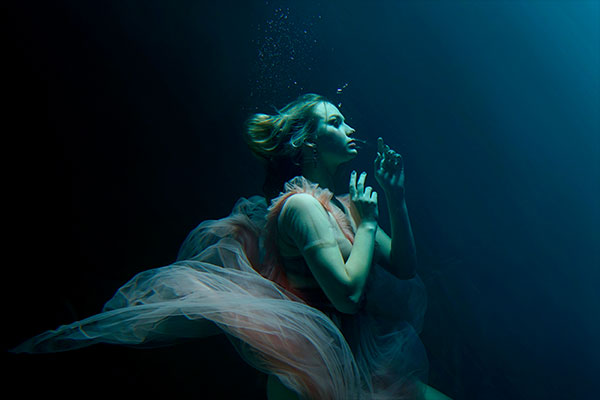The Alfred Ehrhardt Stiftung has given guest-curator Janos Frecot carte blanche to present an exhibition on the theme of “Nature” that reflects his particular vision of photography. The exhibition is also his personal gesture of thanks to all those artists whose careers have run parallel to his own and who have became his friends. Many of the works are from his own private collection.
The title “NATURZEICHENZEICHNEN” is a word-play based on the word for “signs” and “symbols” and the word for “drawing”. Here Janos Frecot is referring to both the images of Nature themselves and to our recording and re-interpretation of their ever-changing forms. There was a time when one never set out to document one’s surroundings without taking a pencil, a drawing-block and a paint box. Today we take a camera – analogue or digital – and use it in the same way as the pencil to record our world or to generate the image that we have made of it. Expressed in simple terms, this step from recording the world, to encompassing its fragile uniqueness can be summed up as the difference between image and reality.
The photographers in the exhibition come from a variety of times, places, vocations and areas of activity. Each shows us their vision of Nature in the visual language that they have evolved to present their view of the world and people and things. Most of the artists are something more than just photographers. Fritz Brill, a student of Johannes Itten, became a highly professional experimenter in the fields of photography and film through his intensive training as painter and graphic artist. He worked together with Hedwig Bornemann, his wife and steady hand. The author Arno Schmidt has produced not only grandiose word-pictures, ranging from lyricism to the grotesque, but also pictures of Nature. Their beauty bears witness to the same empathy and command of form as his writing. The pictures of Rainer König and Amin El Dib present the architect as constructor of our world; a similar impulse can be found in the work of Heidi Specker: her interiors resemble sepulchres where the signs and symbols of Nature are displayed to perfection. Dieter Appelt and Gabriele Kostas were professional musicians before they began to develop their conceptually-adjusted vision of the world. With Appelt it is the rhythm of the surface, with Kostas the organisation of movement in space and time. Hanns Zischler is the most versatile of all: not only photographer but also actor, author and publisher. His pin-hole images are dramatic presentations of time, light and colour.
Then there are the works of the pure photographers: Michael Schmidt, who died last year, is one of the most important photographic artists of our time. His work celebrates the precision of the colour grey – “the silverpoint of photography” – in all its resonant splendour. This also applies to the beautiful and little-known pictures by Hans W. Mende of his North German homeland, and to the light pear-fruit-and-leaves photogram by Floris M. Neusüss.
In her “Horses” Jitka Hanzlová pursues what made her “Forest” so fascinating: the pictorial design with its refined placement of the image within the frame and the exquisite colouring. The blossom images of Loredana Nemes are less concerned with their theme as such, than with their musically-intensified pictorial surface. Nanne Meyer’s ornithological notes extend the scope of the exhibition to include the fantastic world of her new delineations of existing materials.
Fifteen different temperaments, fourteen different ways of grappling with the ephemeral appearance of Nature – an open and boundless field of enterprise! (Text: Janos Frecot)
From 1978 to 2002 Janos Frecot was the director of the photographic collection of the Berlinische Galerie. In 1980, and on his recommendation, the collection was incorporated into what is now the Landesmuseum für Moderne Kunst where, for the next 20 years, he was active in collecting, exhibiting and publishing. He has also published over 40 books on Berlin-related subjects as well as studies on Erich Salomon, Martha Astfalck-Viez, Herbert Tobias, Arno Schmidt and Gisèle Freund. The Büchersammlung Frecot – the Frecot Collection of Books – that includes many unique items relating to the “back-to-nature” Lebensreform movement, was acquired by the Stanford University Libraries. In 2013, his exhibition Die Jahre mit der Kamera – the Years with the Camera – showed that he too is a visionary photographer; the urban and architectural images that he made between 1964 and 1967 anticipated much of what made the following generation of photographers so famous. Pictures of Nature have always been Frecot’s ruling passion and the traces of this passion can often to be seen in his work as a curator.
4 Jul – 13 Sep 2015
Alfred Ehrhardt Stiftung
Auguststr. 75
10117 Berlin
www.alfred-ehrhardt-stiftung.de







